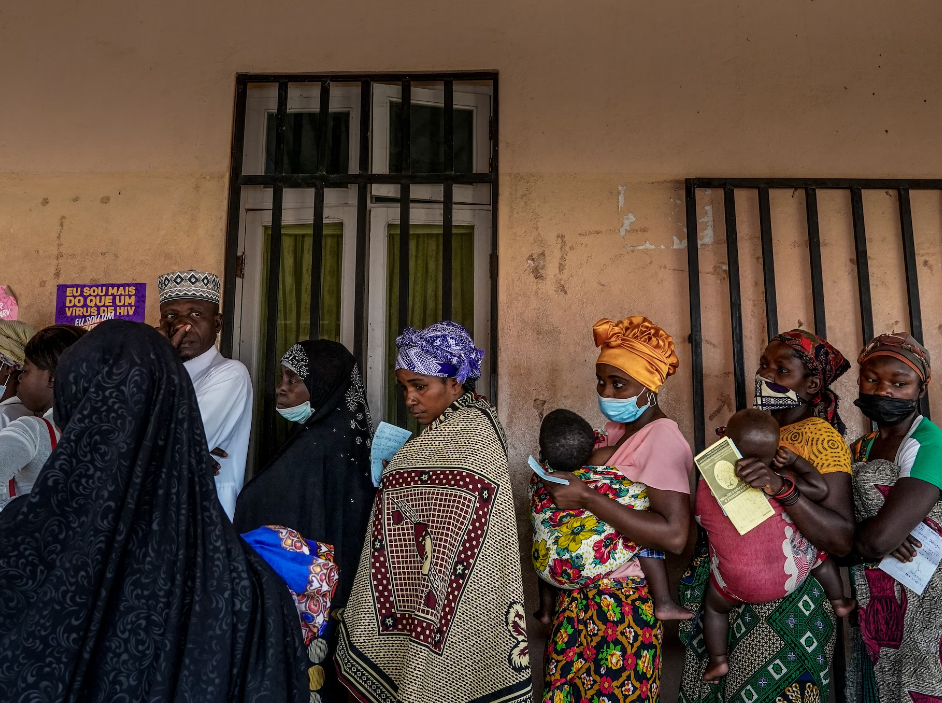
A new Washington Post analysis shows that climate change and demographic growth could put more than 5 billion people at risk for malaria by 2040
By Rachel Chason, Kevin Crowe, John Muyskens and Jahi Chikwendiu
Rachel Chason and Jahi Chikwendiu traveled to Nampula, Maputo and Niassa provinces in Mozambique to report on how malaria is making new inroads in a warming world. Kevin Crowe analyzed the potential for spread around the world. John Muyskens visualized the findings.
Unica Cardoso leaned against the walls of the overcrowded health center, her body aching and her fever spiking.
It was Mozambique’s winter season, when cooler and drier weather have historically meant less malaria transmission. But there’d been so many suspected cases that day that the health center had run out of quick tests. Cardoso, 35, had just tested positive and feared her 2-year-old daughter at home was sick with the same.
“I am not surprised anymore,” she said of falling sick during the winter. “But it is not normal.”
The threat posed by malaria stands to soar as the planet warms because of longer transmission seasons, more frequent and severe extreme weather events, and the migration of malaria-carrying mosquitoes to new latitudes and altitudes, according to a Washington Post analysis of climate modeling and reporting from the southern African country of Mozambique.
Health data obtained and analyzed by The Post reveals how dire the situation is becoming, with Mozambique’s malaria cases on pace this year to reach their highest level since 2017, when the government began its current process for counting cases.
The results of the Post analysis reveal which countries and regions are at most risk, in particular as seasonal changes benefit disease-carrying mosquitoes. In some regions of the world, transmission seasons could increase by up to five months by the year 2070.





